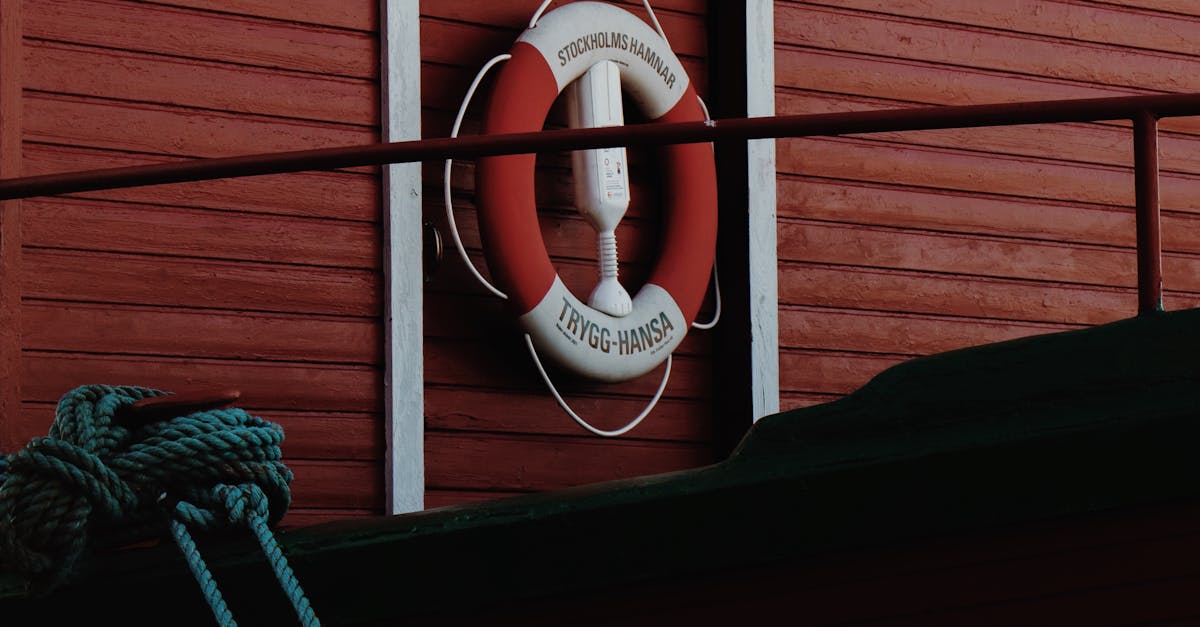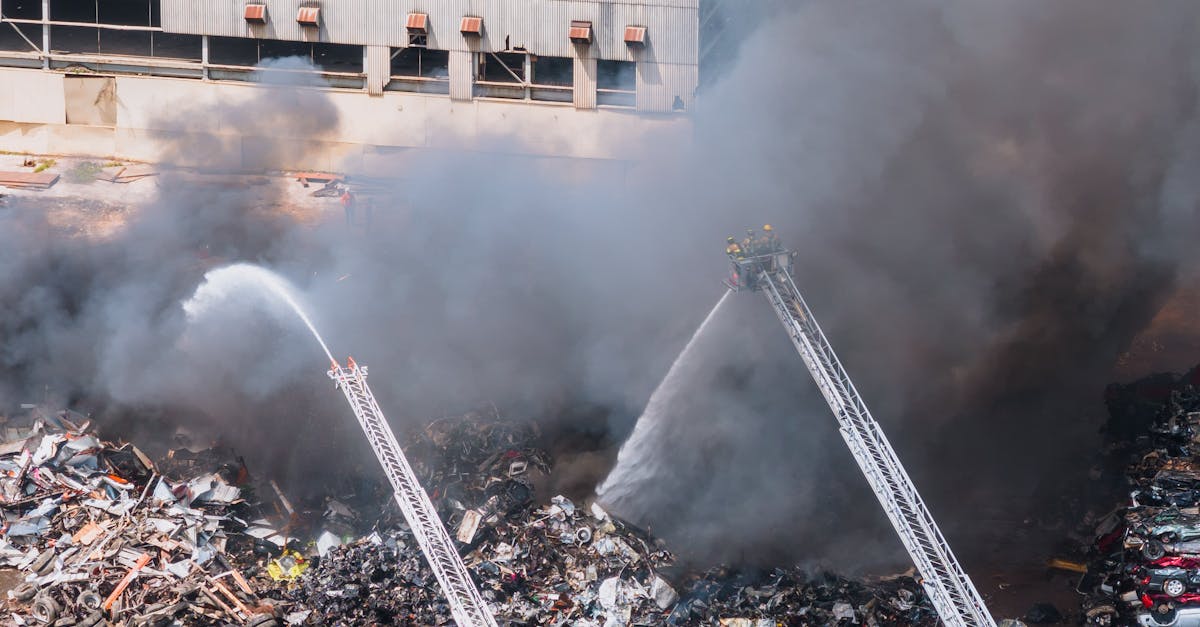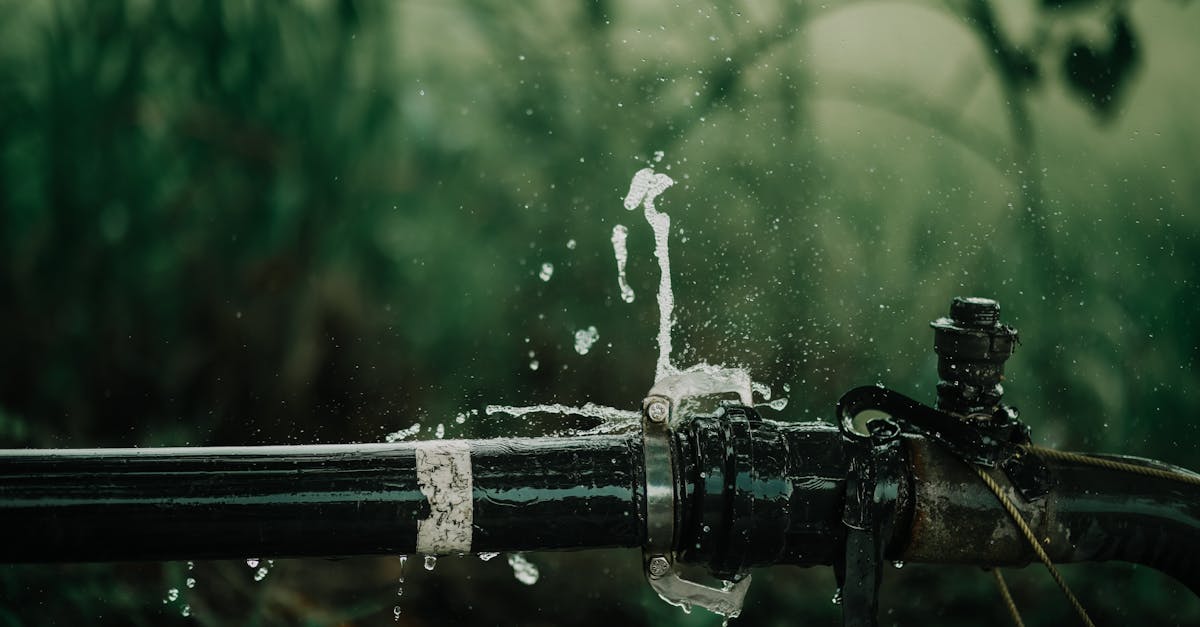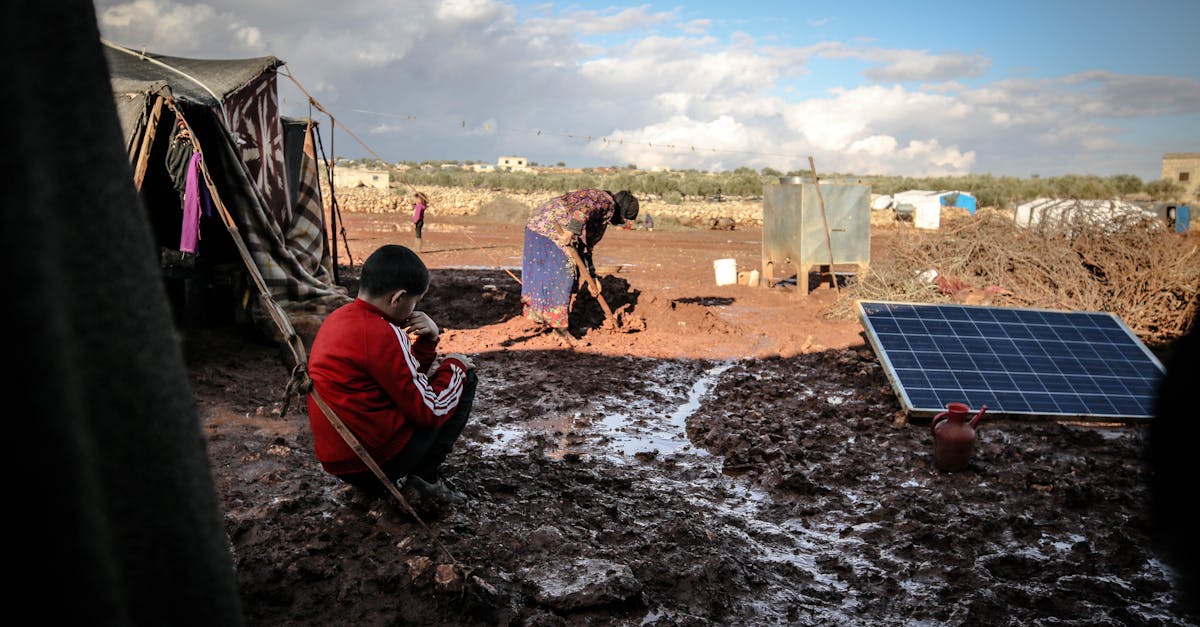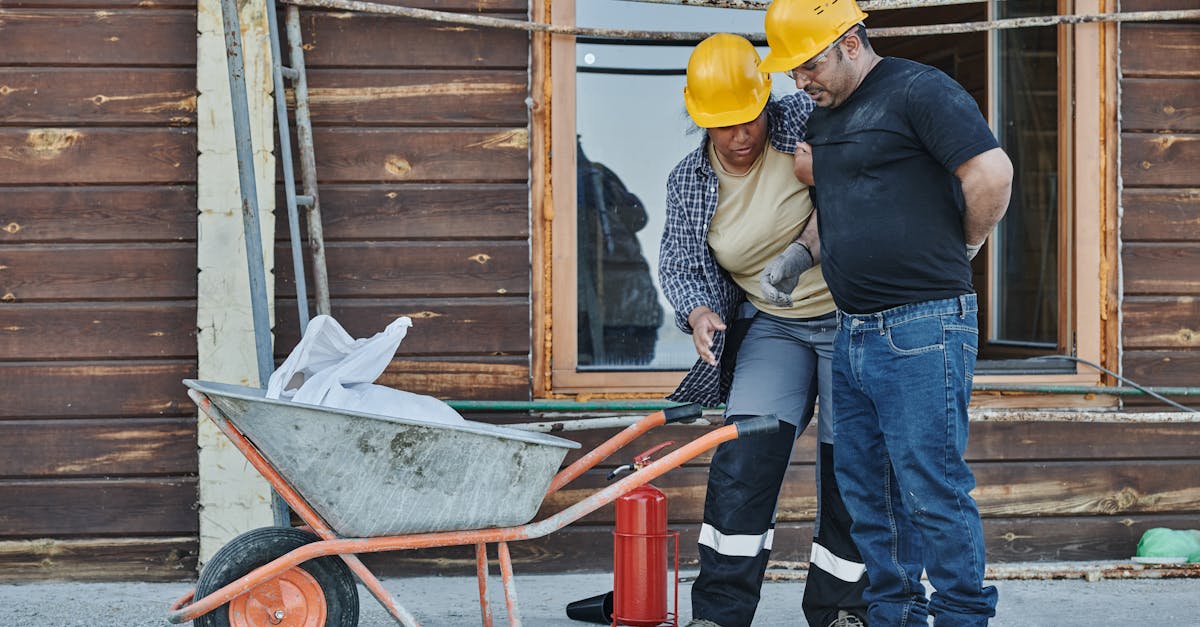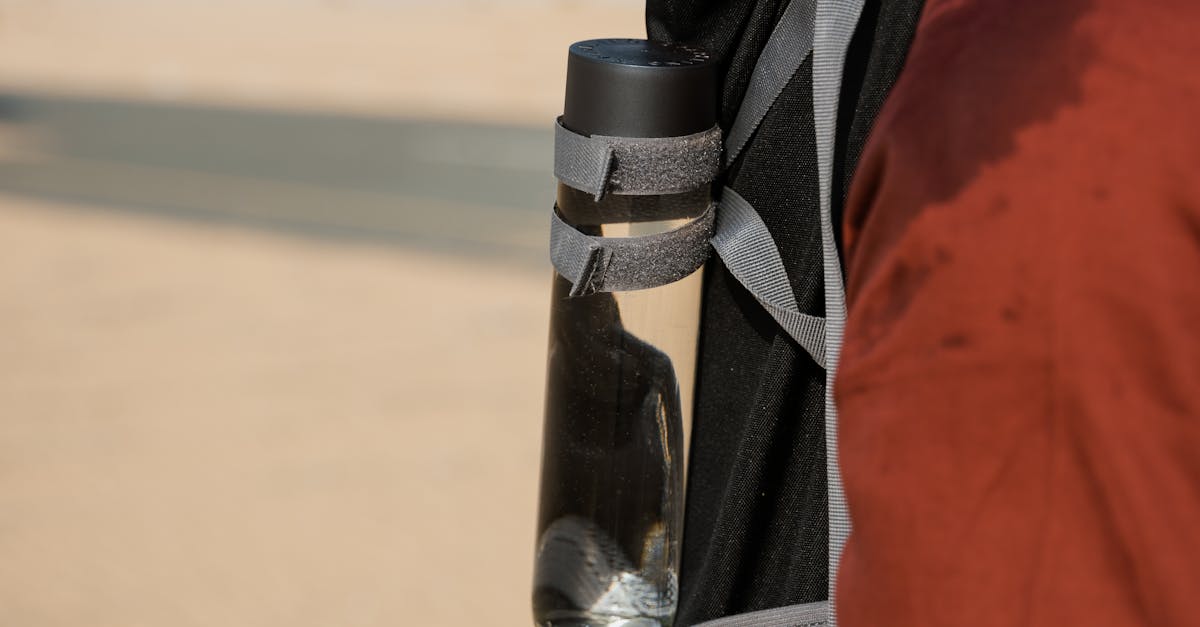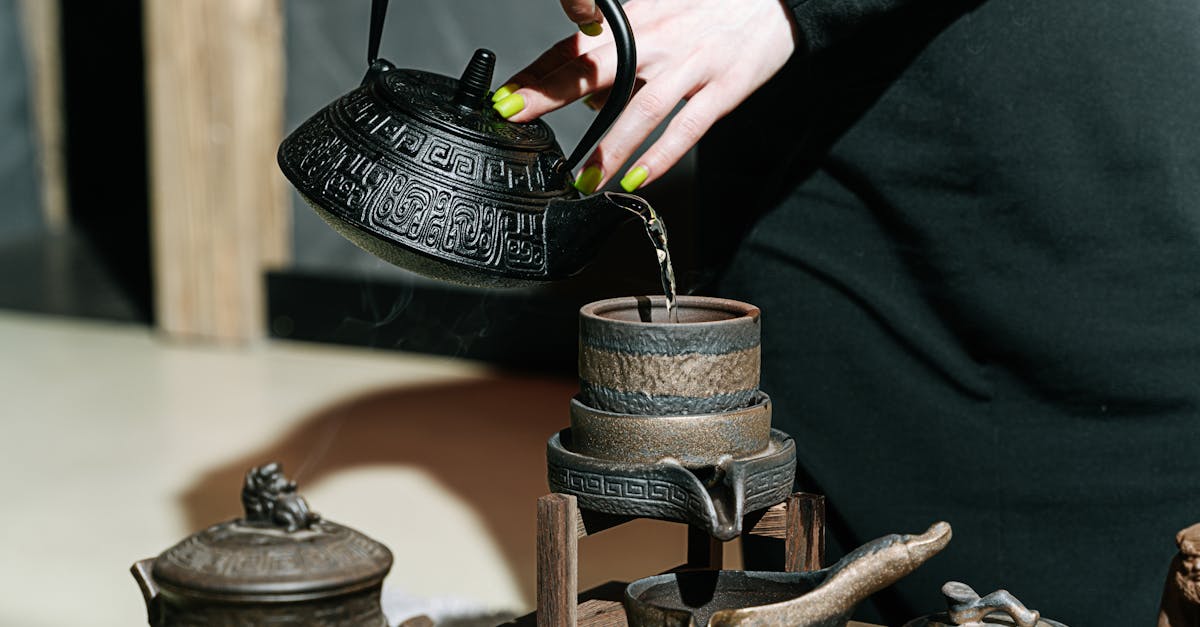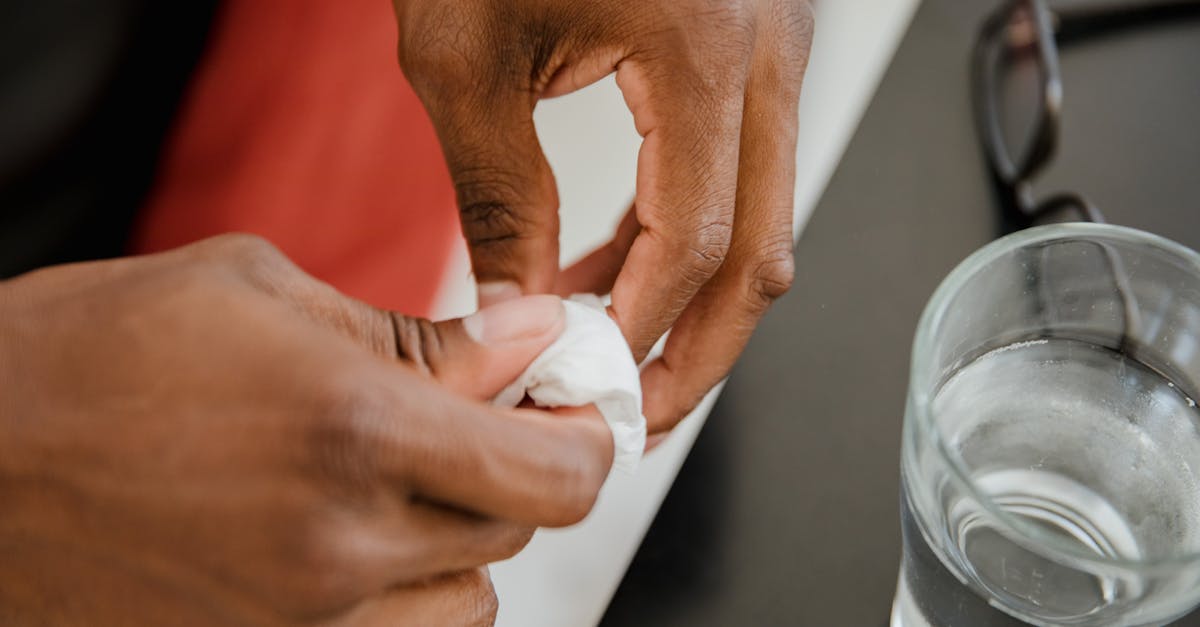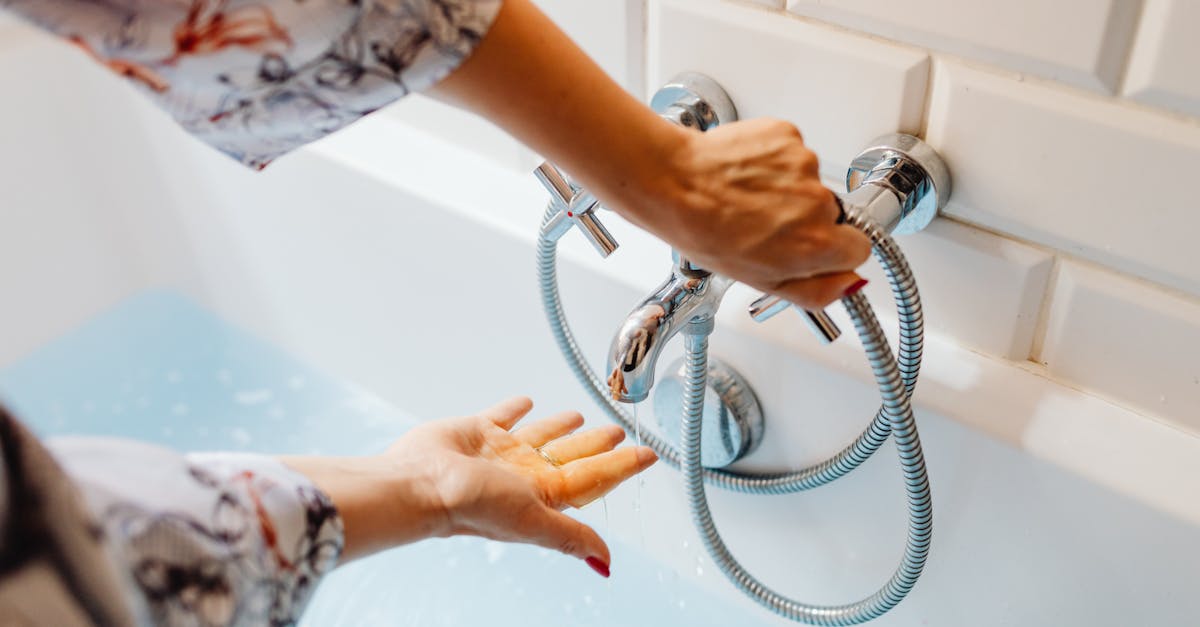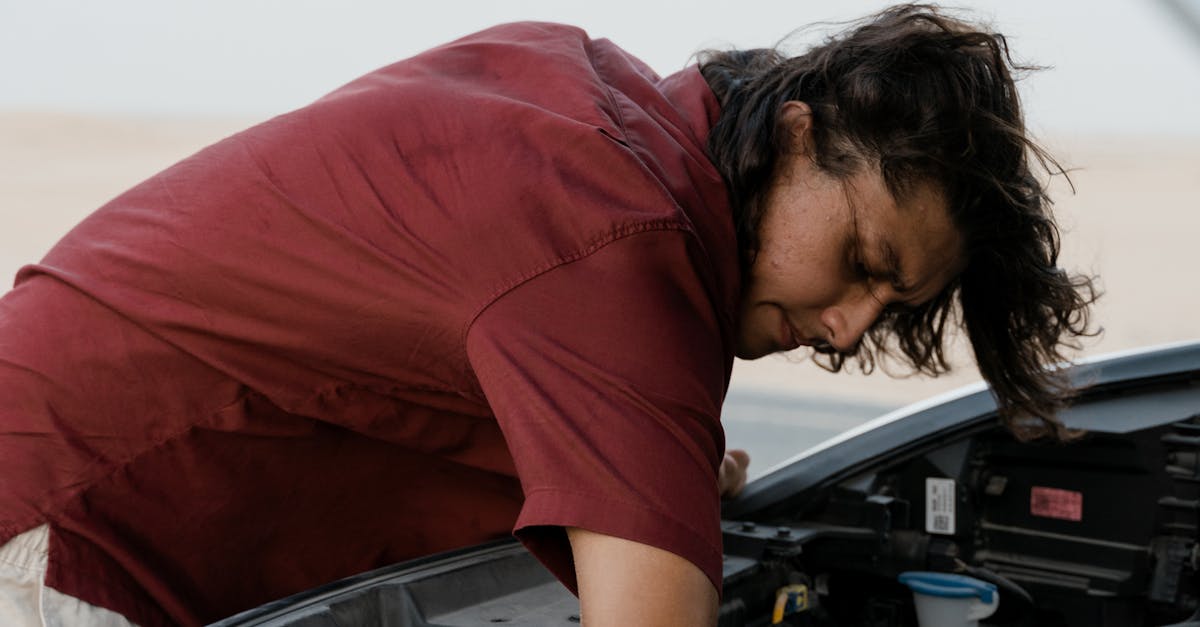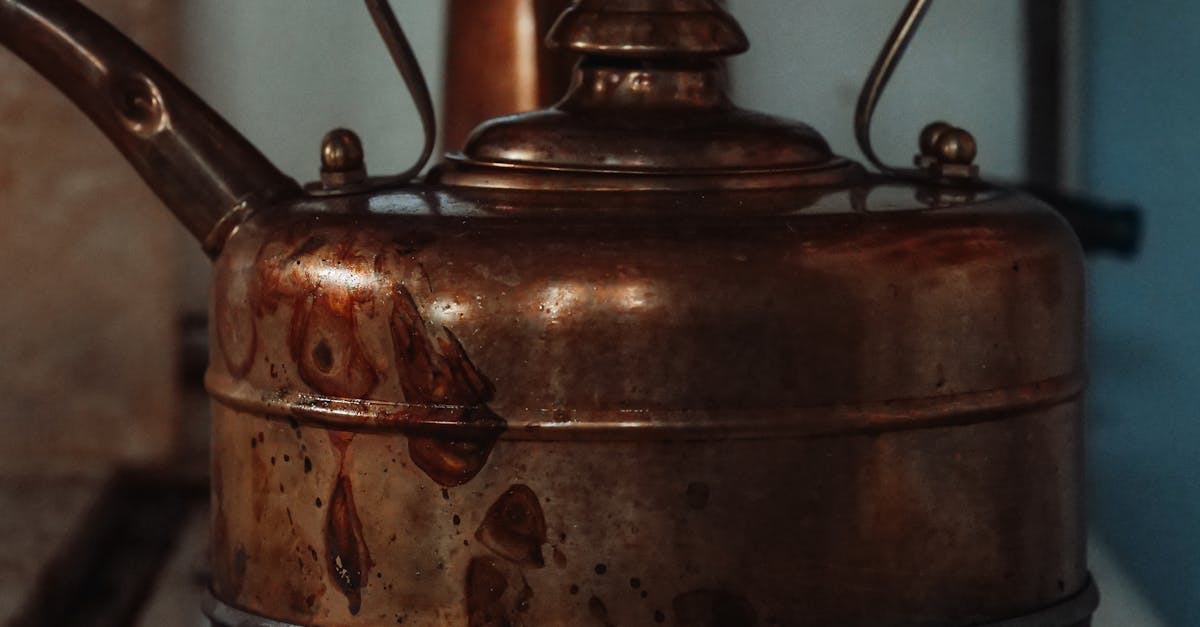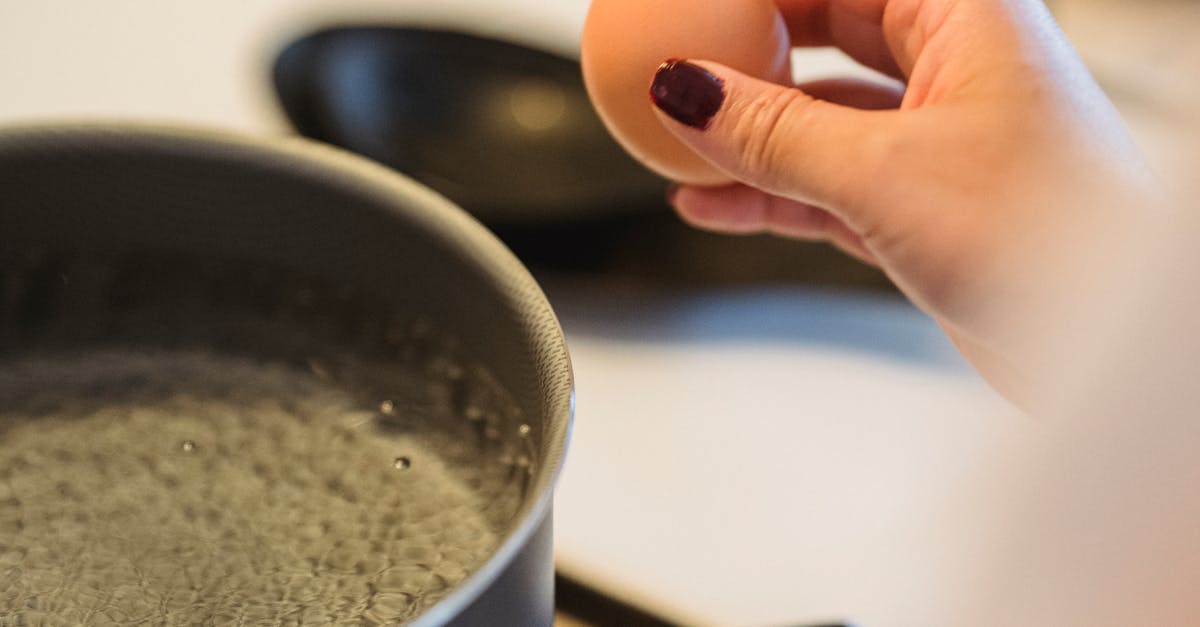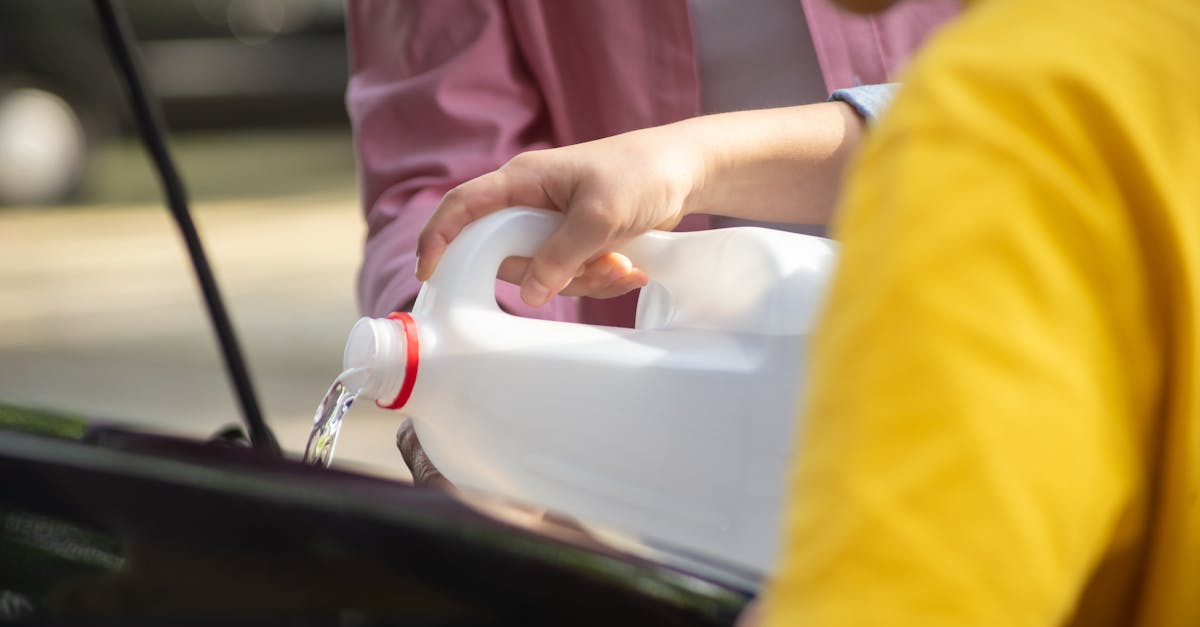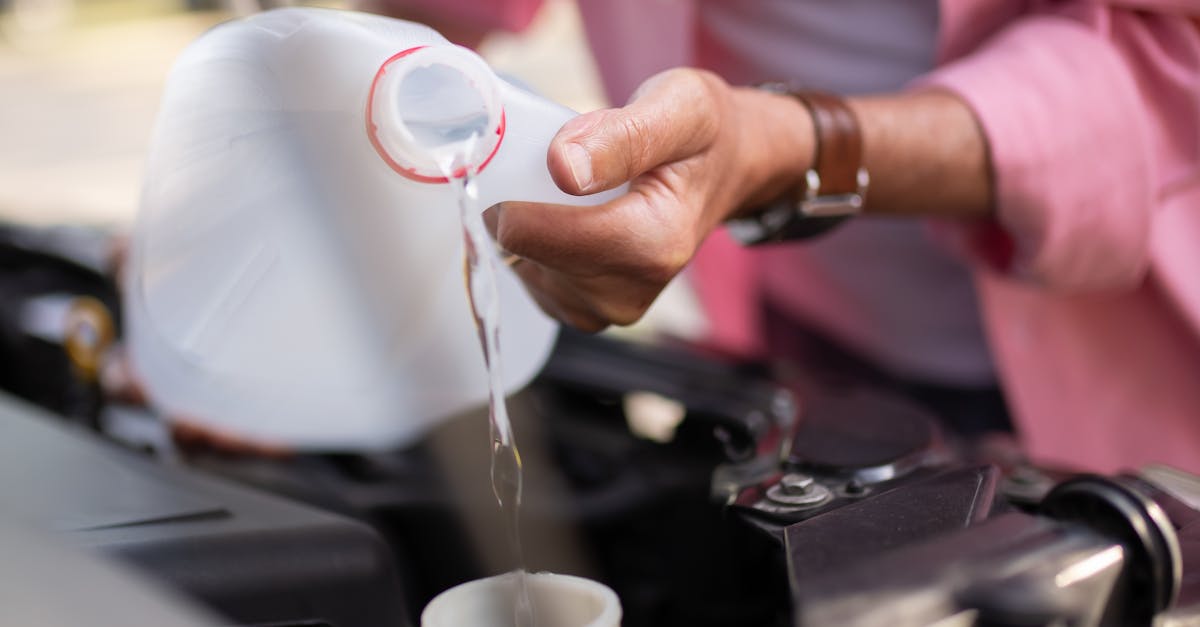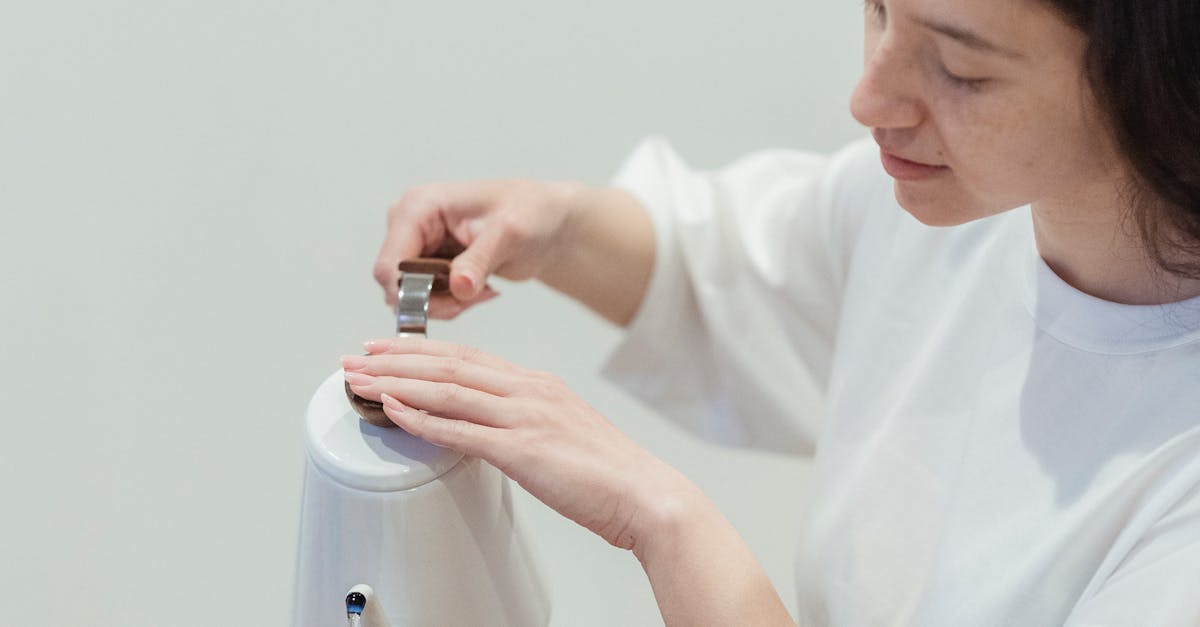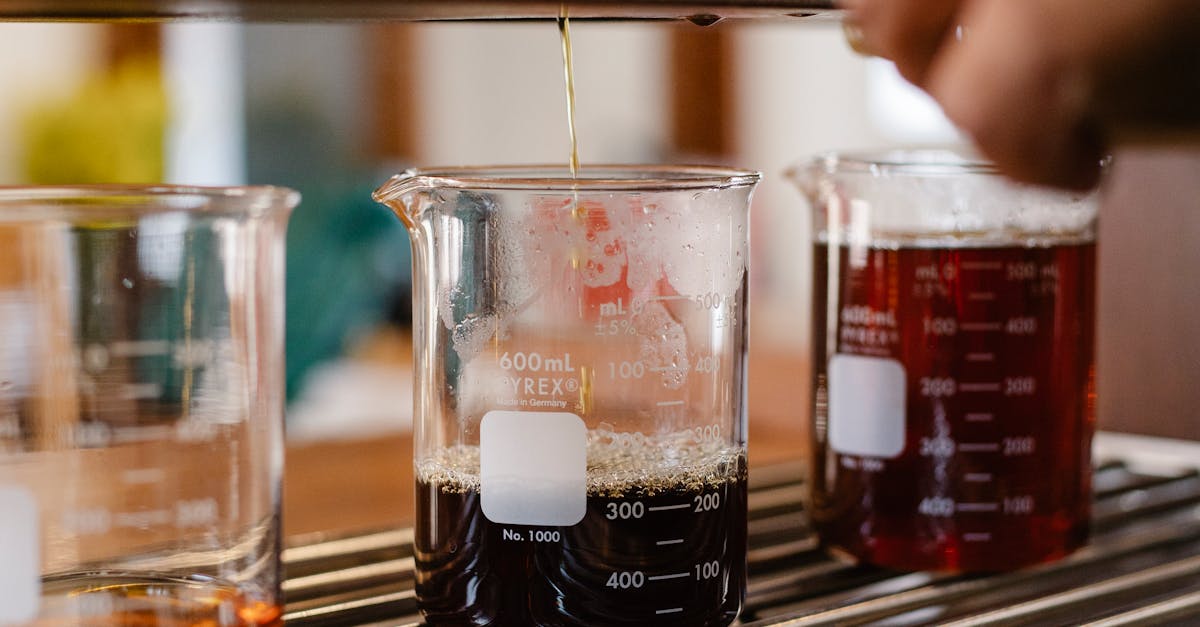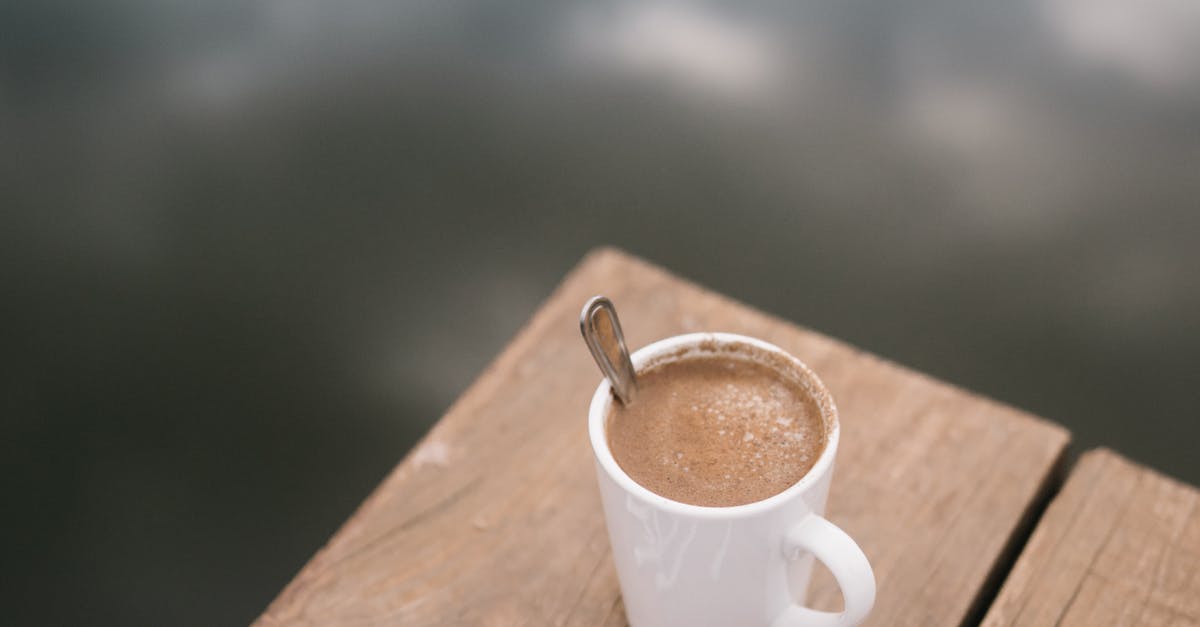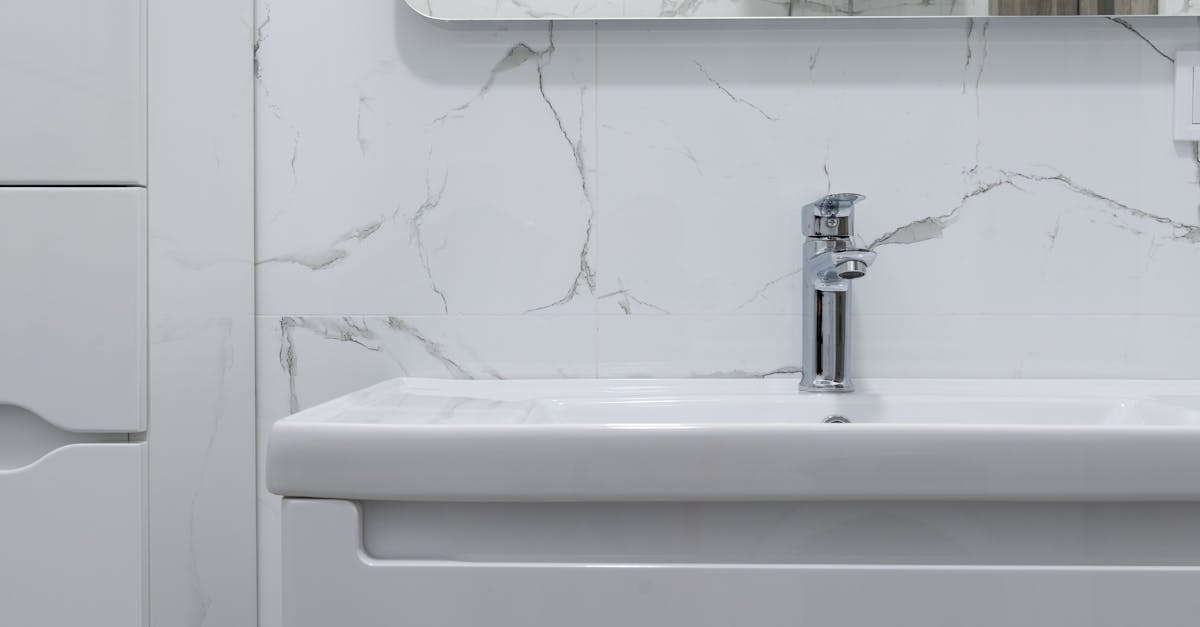
Table Of Contents
Using a Shower Bag
A shower bag can be a practical solution when dealing with an unexpected loss of hot water. These bags, often designed for solar use, can be filled with water and left in the sun to warm up naturally. Simply hang the bag at a suitable height, ensuring the spout is directed downwards. This setup allows for a convenient and efficient way to shower while waiting for emergency hot water repair solutions to be implemented.
When using a shower bag, it's important to monitor the water temperature before stepping in. You may want to test a small amount first to ensure it's comfortably warm. Positioning the bag in direct sunlight enhances the heating process, making your shower experience more pleasant. This method not only conserves water but also provides an eco-friendly alternative in times of need.
Steps to Use Solar Shower Bags
Using a solar shower bag is a practical solution when your water heater is out of action. Begin by filling the solar shower bag with water, ensuring it is well-sealed to avoid any leaks. Place the bag in direct sunlight for a few hours to allow the sun to heat the water. The ideal temperature for a comfortable shower is around 38-40 degrees Celsius. Once heated, hang the bag from a sturdy hook or tree branch at a height that allows for easy access to the shower nozzle. This method can provide a reliable source of warm water in situations where emergency hot water repair is not immediately available.
When it comes time to shower, open the nozzle to control the water flow. Stand beneath it and enjoy a refreshing rinse. To keep the process efficient, limit the amount of water you use; this will help conserve precious resources during your emergency. After you finish, drying off quickly will help retain warmth. As an added tip, consider dressing in warm clothing immediately to maintain your body temperature and ensure a comfortable transition back to your usual environment.
Staying Warm After the Shower
After a quick wash in cold water, it’s essential to take measures to retain warmth. Layering with an extra towel or a warm robe can trap heat close to your body. Finding a warm spot in your home, away from drafts, helps keep the chill at bay. If available, wrapping up in blankets or using a heating pad can provide extra comfort while you dry off.
If you’re enduring a prolonged cold shower situation, consider alternative heating solutions to warm your space. Electric heaters can effectively increase the ambient temperature, making it easier to stay comfortable. Meanwhile, planning for emergency hot water repair may save you from similar situations in the future, ensuring your home remains a warm refuge during colder months.
Effective PostShower Practices
After a refreshing shower with limited resources, it is essential to prioritise effective post-shower practices. Drying off quickly helps maintain warmth and prevents chilling. Wrap yourself in a warm towel immediately after your shower. If possible, have your clothes ready and place them in a warm area, ensuring you stay cosy as you transition back into your day.
If you find yourself frequently facing hot water issues, consider looking into options for emergency hot water repair. This can save you from the inconvenience of cold showers in the future. Additionally, apply moisturiser to your skin after drying off. This action not only hydrates your skin but also helps trap warmth, preparing you for a more comfortable experience.
Water Conservation During Emergencies
In situations where the water heater is out of commission, conserving water becomes essential. Taking shorter showers and limiting the frequency can significantly reduce overall water usage. It is also advisable to collect cold water while waiting for the hot water to reach the desired temperature. This water can be used for cleaning or other household tasks, minimising wastage during a time that may involve emergency hot water repair.
Utilising water-efficient fixtures or showerheads can also help save water. If you have to rely on alternative sources for showering, consider using a bucket to catch water and control the flow during your rinse. Adjusting the flow of water and ensuring no leaks in your system adds to effective water conservation. In an emergency, these simple steps not only help preserve resources but contribute to a more sustainable approach during periods of inconvenience.
Tips to Save Water While Showering
When facing an unexpected situation like a broken water heater, conserving water becomes crucial. Opt for quick rinses instead of long showers to limit your water usage. Setting a timer can help you stay mindful of the time spent in the shower. Collect any excess water that runs while waiting for it to warm up if you have hot water available. This collected water can be used for other purposes, such as watering plants or flushing toilets.
Additionally, consider using a bucket to catch water during your shower. This method allows you to reuse the collected water, significantly contributing to your overall water conservation efforts. Being mindful of your water usage not only helps in emergencies but also fosters a habit of sustainability. Seeking professional assistance for emergency hot water repair could help restore your system, making future showering experiences more efficient.
FAQS
What is a shower bag and how does it work?
A shower bag is a portable, solar-powered device designed to heat water using sunlight. It typically has a capacity of 5-10 litres and can be hung up to allow gravity to feed water through a showerhead.
How long does it take for a solar shower bag to heat the water?
On a sunny day, a solar shower bag can heat water to a comfortable temperature in about 3-5 hours, depending on the initial water temperature and the strength of the sunlight.
What can I do to stay warm after taking a cold shower?
To stay warm after a cold shower, you can quickly dry off with a towel, put on warm clothes, wrap yourself in a blanket, or drink a warm beverage.
How can I conserve water while showering in emergencies?
To conserve water, take shorter showers, use a bucket to catch excess water, and consider using a camp shower or shower bag to limit the amount of water used.
Is it safe to shower with cold water if my water heater is broken?
Yes, showering with cold water is generally safe. However, if the water is extremely cold, it may be uncomfortable. It's important to listen to your body and not stay in cold water for too long.

